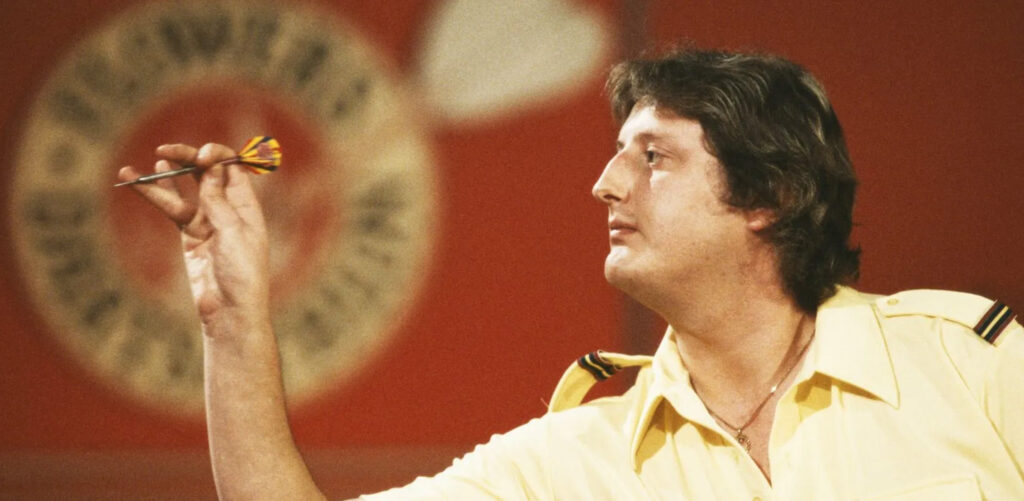Darts’ first superstar Eric Bristow used to emphasise the importance of the simple things in the game. Perhaps his strongest advice was to focus on holding your own throw and then put pressure on your opponent.
In the world of professional darts, some truths are so ingrained they may as well be stitched onto every oche carpet. Chief among them: breaking an opponent’s throw is about as easy as threading a needle during an earthquake.
Statistically, that maxim is far from the truth as legs thrown second are roughly 60% more difficult to win. Unless, of course, it’s the World Grand Prix – where the ‘double-in’ rule gleefully shuffles the odds and everyone’s grand plan along with it.
But in regular 501 play, chucking second means you’re starting from a psychological ditch. On average, players win just 38% of these legs. That’s not bad if you’re trying to fail your French A-Levels, but for elite darts, it’s a tough ask.
So defending your own throw seems a sound strategy and for a perfect example of what Eric was talking about, we suggest watching the opening two sets of his 1987 Lakeside World Final against John Lowe on your dread box.

PDC Stats Analsyt, Christopher Kempf did his thing with this year’s data to see how throwing first or second impacts certain players.
Now, if you’re wondering whether a player is especially good on throw, simply glancing at averages won’t help. Players throwing first tend to attempt doubles more often – and therefore have their averages dragged down by all those pesky missed shots at the outer ring. Meanwhile, their poor opponents throwing second are too busy being bulldozed to even reach a finish, which, ironically, keeps their averages a little cleaner.
So how do we measure performance without the stats being warped by missed doubles and dashed hopes? Simple: look at the opening three visits – the first nine darts. Everyone gets them – barring the add rare occasion of course. If someone consistently scores more during this neutral stretch when throwing first or second, it’s probably more than a fluke.
Interestingly, many top names – Littler, van Gerwen, Anderson, Humphries, Wright, and van Barneveld – all score noticeably better when throwing first. Not night-and-day different, but enough to suggest they really don’t like the idea of their throw being broken – which is fair to say for just about any player.
And then there’s Gerwyn Price (main picture) – the outlier. The Iceman actually performs better throwing second. Is it psychological? Or is the combative Welshman just built differently, like a man who enjoys the chase?
There are oddities, too – Justin Hood scores better when throwing second but doesn’t win more, while Stephen Bunting’s scoring is so balanced he might as well be flipping coins.
Perhaps the difference tells us less about results and more about mindset. In darts, as in life, how you start doesn’t always determine where you finish – but might it reveal how much you care?
——ENDS—–
Images: PDC (unless labelled)








